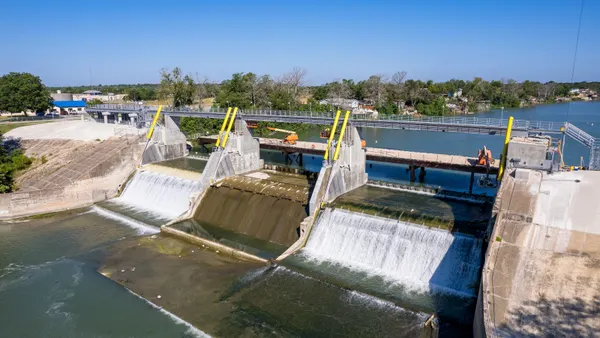Seemingly against the odds, the surety industry continues to experience fairly low losses in 2023. And while the overall frequency of construction bonding losses is low, their severity is up, significantly. What’s responsible for the spike? An analysis of industry loss data reveals trends that should serve as important cautionary reminders to contractors.
Data shows trends
When examining loss data, claims departments are seeing contractors that have simply grown too quickly. For example, companies with sales revenues that outsize operations and controls. Companies are overextended, especially considering the many well-known challenges in construction right now, which is resulting in defaults and claims. When these companies fail, sureties are experiencing extraordinarily high resultant losses.
Operational red flags
So what are the ‘red flags’, the practices sureties see as contributors to the severity of contractors’ claims and losses?
- Underbidding sometimes reveals itself early relative to other bids, which increases the importance of conducting a thorough review of bid tabulations and estimates/proposals. Underbidding in relation to actual expenses is a reflection of contractors failing to control or properly account for – contractually, financially, or otherwise – price increases in overhead, labor and materials over the course of a project. From a loss perspective, it places the surety in a hole because the contract amount is low relative to the cost to complete remaining work.
- Overbilling can be the result of underbidding a project in the first place, because billings are too low to generate sufficient cash flow to cover job costs. Overbilling in relation to actual work in place – for example, billing 75 percent of the contract amount when 50 percent of the work is complete – serves to increase the loss further because the contract balance is not enough to cover the cost of the remaining scope of work (even at original contract pricing).
- Defective work increases the loss in a number of ways: 1) defective work can necessitate investigation and testing; 2) repair work increases the completion scope of work; 3) the scope of repair can be difficult to ascertain with certainty, which results in contingencies and higher pricing; and, 4) repair work extends the time necessary to complete the remaining work, which increases general conditions and the likelihood of delay damages.
- While past-due payables often result in payment bond claims that can serve as an early indicator of a contractor’s financial strain, that is not always the case. Sureties are encountering high 90+ day old balances, often without any prior notice or claim, which leads to strained or ruined vendor relationships, charges and penalties and additional losses.
- Delays in projects. This can result in supplementation costs and delay damages, including liquated damages, which reduce the contract balance and ultimately increases the loss
The presence of all of these issues together is unusual, and likely a reflection of the number of underlying difficulties contractors are facing. These, combined with historically high completion pricing in the market, are causing surety losses to far exceed industry probable maximum loss figures and in a number of cases reach the penal sum of the performance bond with additional losses on the payment bond.
Contractors should be mindful of these issues, in assessing their own operations as well as those of subcontractors and suppliers. Contractors should also partner with a surety that demonstrates a proactive approach to claims. The right surety partner will seek to bring value to the relationship by working with principals to avoid claims, and if the situation is unavoidable, to mitigate the severity of it.










